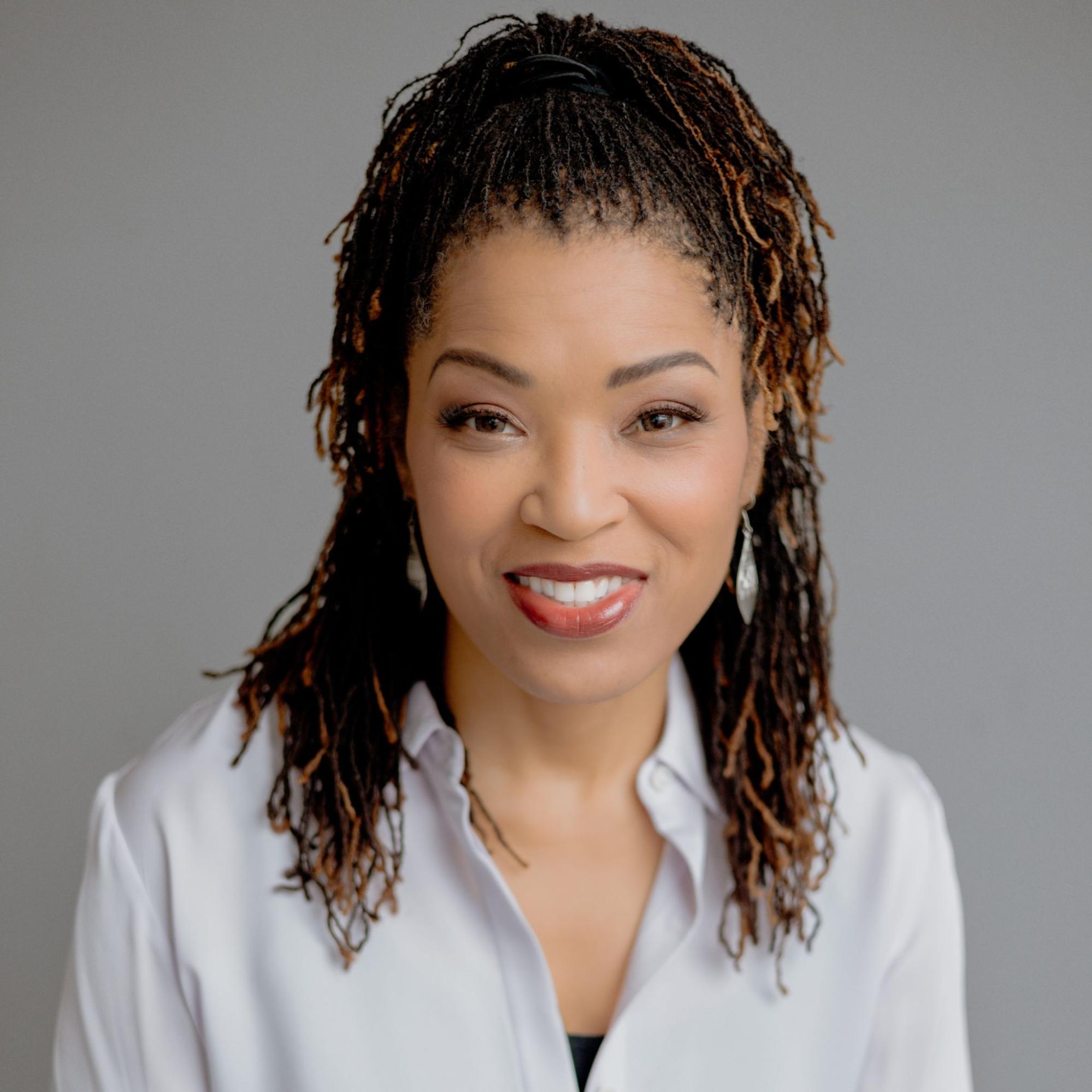I’ve spent years talking about bridging: how we connect across differences, how we create change, how we work together toward outcomes that build the kind of communities where individuals and families flourish here in the Pacific Northwest and beyond. Bridge-building leadership requires more than crossing divides, it often requires living in the “in-between”. The space that separates.
I started thinking about this space and the disciplines it might require years ago in a different context, after the loss of two dear friends who were both in the prime of their lives. Both were people with whom I had served, raised children, and lived as both colleagues and friends. Their deaths left me grappling not just with personal loss, but with something deeper about how we as communities handle the hard things that come our way. Every person has their own story of grief, and we often keep these stories to ourselves. Personal grieving has its place, but so does collective lament. I want to explore how the land we live on, the people around us, and the Scriptures we read have something to teach us about navigating pain and loss through the discipline of grief.
The Geography of Grief
Here in Cascadia, we’re shaped by our landscape in ways we don’t always recognize: our geography mirrors the complexities of grief. The Cascade Mountains don’t just define our weather patterns; they shape how we think about connection and separation. They urge us to respect terrain, to move thoughtfully rather than to force a straight path. We learn from rivers that meander, valleys that cradle communities, and peaks that both divide and connect us.
Yet when it comes to grief, we often act as if we can tunnel hastily through the mountain of our experience instead of following the natural contours of the journey. We want to get to solutions, to healing, to moving forward, without acknowledging that some terrain requires a different kind of navigation. Grief demands that we move at the pace the landscape sets, following its contours.
Grief is a discipline, not merely an emotion that washes over us, but a practice we choose to cultivate, both privately and in community. To treat grief as a discipline means acknowledging its presence and honoring the processes it calls forth. It means resisting the urge to bypass pain in the pursuit of quick solutions. Instead, it asks us to linger in the “in-between,” the spaces of uncertainty and discomfort, recognizing that healing often requires a slow, patient navigation.
This discipline is not just individual, but collective. When we grieve together, we build the muscles of communal lament: the ability to witness one another’s suffering, to hold space for sorrow, and to remember that our shared pain can become the foundation for deeper connection and resilience. By learning to inhabit the landscape of grief, embracing both its solitary valleys and its communal gatherings, we become communities capable of bearing hard things and forging hope from honest lament. In this way, grief becomes not only a response to loss, but a discipline that shapes us for flourishing, transformation, and the work of bridge-building in Cascadia and beyond.
A Community That Knows How to Grieve
A few years ago, when my employer World Vision was working on reducing gun violence, I learned about a pastor on the east side of Tacoma who had developed what I can only call a discipline of communal grief. Every time a young person in his community was killed by gun violence, he would call an assembly. The community would come together, at that point of pain and violence, for the slow, intentional work of grieving that life together.
This pastor understood something that many of our communities have forgotten: we don’t have strong muscles for grief. We’ve lost the practice of it, and that loss affects our ability to be healthy and solve problems together.
When was the last time your church, your neighborhood, your workplace created intentional space for processing loss? Not just obvious losses like death, but the smaller griefs that accumulate: the closing of a local business that anchored a community, the loss of affordable housing that displaces families, the erosion of trust in institutions we once relied on. As someone deeply involved in the social sector, the seismic shifts over the last half-year have involved the loss of once-secure funding sources, leading to layoffs and program cuts that restrict critical services. These are sources we once relied on, affecting services people live on, and while I believe deeply in the sector’s ability to rebound and reimagine a path forward, it is worth looking these changes in the face and grieving them.
Lamentations and “Look at Me”
I’ve been spending time lately with the book of Lamentations, a part of Scripture that makes many Christians uncomfortable because it’s so honest about pain and abandonment. The Hebrew title of the book is “Eichah,” which simply means “How?” As in, “How did this happen? How do we make sense of this? How do we go on?”
There are four distinct voices in Lamentations, and one of them keeps saying “Look at me.” Not “Look beyond this pain to something better,” but simply “Look at me. See what I’m experiencing. Witness this reality.” I think about that voice when I consider how much of our fear these days is about our basic ability to see one another. In our rush to solutions, to healing, to moving forward, we often skip right over the fundamental human need to be seen in our pain and the communal grief we share in the growing epidemic of isolation.
But here’s what’s remarkable about Lamentations: right in the middle of all that raw honesty about suffering, there’s a pivot. “Great is thy faithfulness,” the text declares. “The Lord’s mercies are new every morning.”
This isn’t denial or spiritual bypassing. It’s recognition that the only way we don’t become our worst selves in the midst of grief is by remembering God’s faithfulness. But we can only get to that remembering by first slowing down, looking honestly at our challenges and pain, and then collectively responding out of hopefulness and a greater vision.
Crucially, what begins in Lamentations 1 as individual lament ends in Lamentations 5 with collective grief. It is, as our friends at the Bible Project describe it, “a communal prayer for God’s mercy,” a prayer that’s said louder and with more conviction when it’s said together.
Practicing Communal Grief as Discipline
So what would it look like for our communities here in Cascadia to develop grief as a spiritual discipline? What if our churches, our neighborhoods, our organizations created regular rhythms for processing loss together?
I imagine small groups that meet to practice what I call “groaning prayer.” This is the kind of intercession that Romans 8 talks about, where the Spirit helps us when we don’t even know how to pray. I think about community gardens where people could plant memorial plots, not just for the dead, but for the death of dreams, the loss of what was, the grief of what might have been. Places where the land itself becomes a partner in the work of processing loss. I envision neighborhood assemblies like that Tacoma pastor created, but expanded beyond crisis response. What if we gathered quarterly to acknowledge the losses our community has experienced? What if we created rituals for grieving the closing of schools, the displacement of longtime residents, the environmental damage eroding our land?
At the Murdock Trust we’ve learned to think in terms of ecosystems: how our giving in one area affects conditions in another, how healthy communities require multiple interconnected supports. I’m beginning to see grief work the same way.
When communities learn to grieve well together, it affects everything else: how we handle conflict, how we make decisions, how we welcome newcomers, how we care for our most vulnerable members. Grief, practiced as a discipline rather than avoided as a problem, becomes part of the ecosystem of healing and progress.
Starting Where We Are
I don’t have all the answers about how to build grief-practicing communities. I’m still learning what it means to sit with loss without rushing to fix it, still discovering what “groaning prayer” sounds like in my own life. But I know this: we can’t bridge our way to the future without first acknowledging what we’re leaving behind.
Maybe that’s where we start, with the simple practice of naming our losses, of creating space for the “How?” questions, of saying to each other and to God: “Look at me. See what I’m experiencing. Help me remember your faithfulness in the midst of this.”
Maybe that’s enough to begin.



Recent Comments